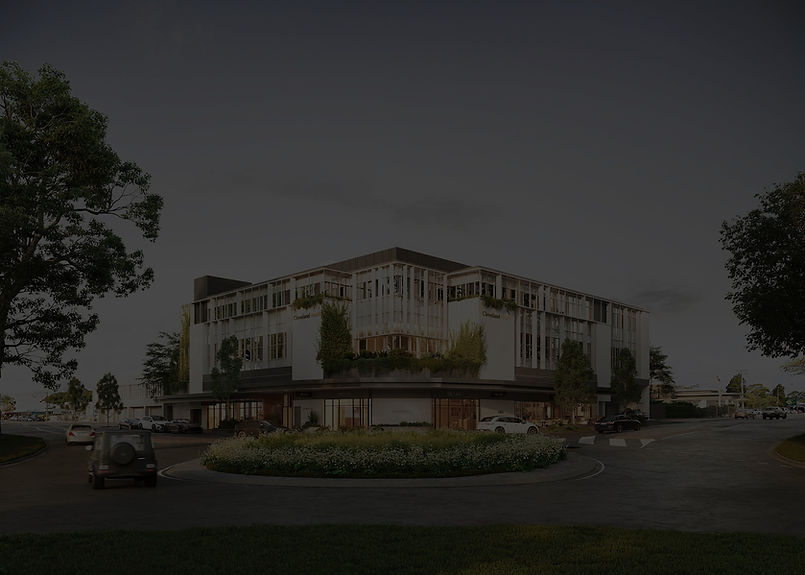
Australia's healthcare landscape is gearing up to face a significant challenge: a projected shortage of over 10,600 general practitioners (GPs) by 2031-32, as flagged by the Australian
Medical Association.
The "Gaps in Practice" study has shed light on this issue, revealing glaring gaps in healthcare access, especially in rural regions, and predicting a surge in GP workload due to our ageing population. It's a critical situation demanding immediate and innovative solutions.
The Current GP Scene in Australia:
The "Gaps in Practice" study paints a clear picture of the uneven distribution of GPs. Inner
regional areas are facing a 24.4% higher expected patient general practice utilisation per GP,
outer regional areas 33.2%, and remote/very remote areas 21.4%. This imbalance translates
to accessibility hurdles, particularly in rural zones.
Consequences of the GP Shortfall:
Longer wait times, escalating healthcare costs, and an overburdened workforce are just the
tip of the iceberg. The study also points to diminishing working hours and a shift towards a
predominantly female workforce, further intensifying the scarcity.
Strategies to Combat the Shortage: To tackle the GP shortfall head-on, we need a
multifaceted strategy:
Invest in Future Talent: Pumping funds into medical education, with a focus on general practice, and enticing students towards rural placements is key. We're aiming to inspire the next generation of GPs to serve in underserved regions, balancing out both the numbers and geographical spread.
Attractive Incentives: Roll out enticing financial packages, like relocation perks, retention grants, and competitive pay, to lure and retain GPs in areas that need them most. Tailoring these incentives to suit the unique challenges of rural healthcare can sweeten the deal.
Embrace Telehealth: Embracing telehealth services opens doors to enhanced primary care access. By leveraging technology, patients in far-flung areas can access timely and quality healthcare, easing the load on physical GP resources.
Support for International Talent: Streamlining the accreditation process for international medical graduates can provide a quick boost to the GP workforce. These professionals bring a wealth of experience and skills, invaluable for healthcare delivery, especially in areas facing acute shortages.
Community-Centric Solutions: Engage with local communities to grasp their healthcare needs and preferences. Crafting bespoke recruitment and retention strategies that cater to the specific demands of different regions can make our healthcare system more agile and effective.
While Australia's GP shortage poses a formidable challenge, it's also an opportunity for innovation and strategic planning. By adopting a comprehensive approach that addresses both immediate concerns and long-term sustainability, we can ensure our healthcare
system remains resilient and capable of meeting the needs of all Australians.
It's crucial for stakeholders across the healthcare spectrum to unite, engage in meaningful
discussions, and commit to actionable strategies.



Comments